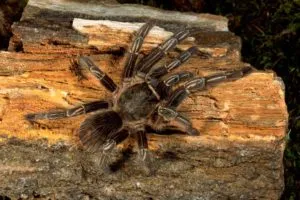As a tarantula owner, understanding the ins and outs of your pet’s waste is crucial for its well-being. Identifying tarantula poop might seem like a trivial task, but it’s a fundamental aspect of responsible tarantula care. This guide delves into everything you need to know about identifying tarantula poop, from its appearance and location to its importance in monitoring your spider’s health and maintaining a clean enclosure.
What is Tarantula Poop
Tarantula poop, like that of any animal, is the waste product of digestion. It’s the solid matter that remains after the tarantula has extracted nutrients from its food. The appearance and consistency of this waste can tell you a lot about your tarantula’s diet, health, and overall environment. Recognizing it helps in maintaining a healthy and hygienic habitat for your spider. Regular observation and understanding what constitutes normal tarantula poop is an essential part of tarantula ownership.
Appearance of Tarantula Poop
The visual characteristics of tarantula poop can vary based on several factors, including the spider’s diet, age, and overall health. Familiarizing yourself with these aspects will help you quickly identify and assess the poop, ensuring you can take prompt action if something seems amiss. Paying close attention to these details can give you valuable insights into your tarantula’s well-being.
Color of Tarantula Poop
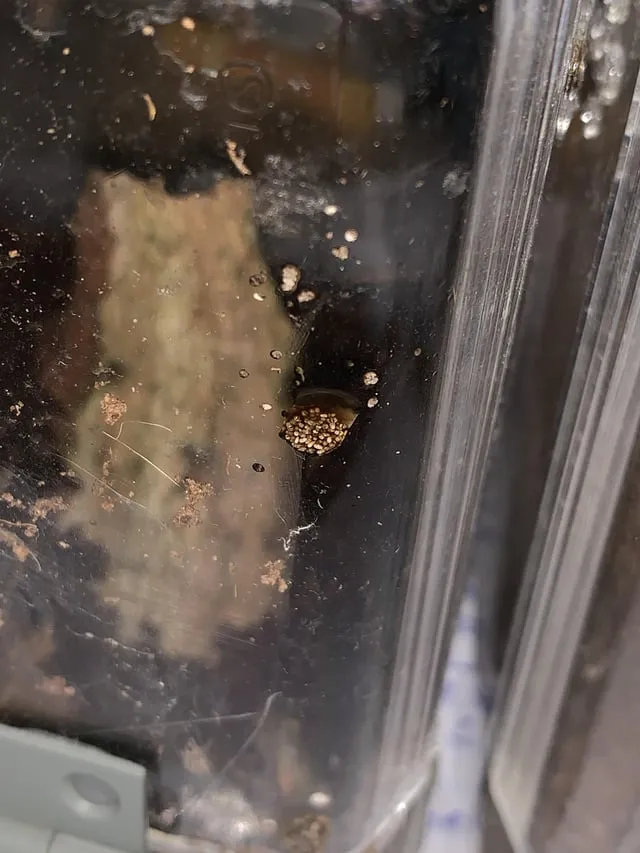
The color of tarantula poop typically ranges from dark brown to black, although it can sometimes appear lighter depending on the tarantula’s diet. For example, a tarantula that primarily consumes crickets may produce darker waste compared to one fed a diet of mealworms. Variations in color can also indicate health issues, so significant deviations from the norm should be monitored closely. Unusual colors, such as red or green, could suggest a problem with the spider’s diet or digestive system, warranting further investigation.
Shape and Consistency of Tarantula Poop
Tarantula poop generally appears as small, solid pellets. The shape is usually elongated, similar to other insects’ droppings. Consistency should be firm but not overly hard or dry. The exact shape may vary slightly depending on the tarantula species and the amount of undigested exoskeleton present. Consistent changes in consistency, such as very hard or watery poop, could indicate dehydration or digestive problems, respectively.
Location of Tarantula Poop
The location where you find tarantula poop provides crucial clues about your pet’s habits and the overall cleanliness of the enclosure. Understanding where your tarantula tends to relieve itself helps you target your cleaning efforts and maintain an optimal living environment for your spider. The location can vary depending on the substrate and enclosure setup, so careful observation is key.
Substrate
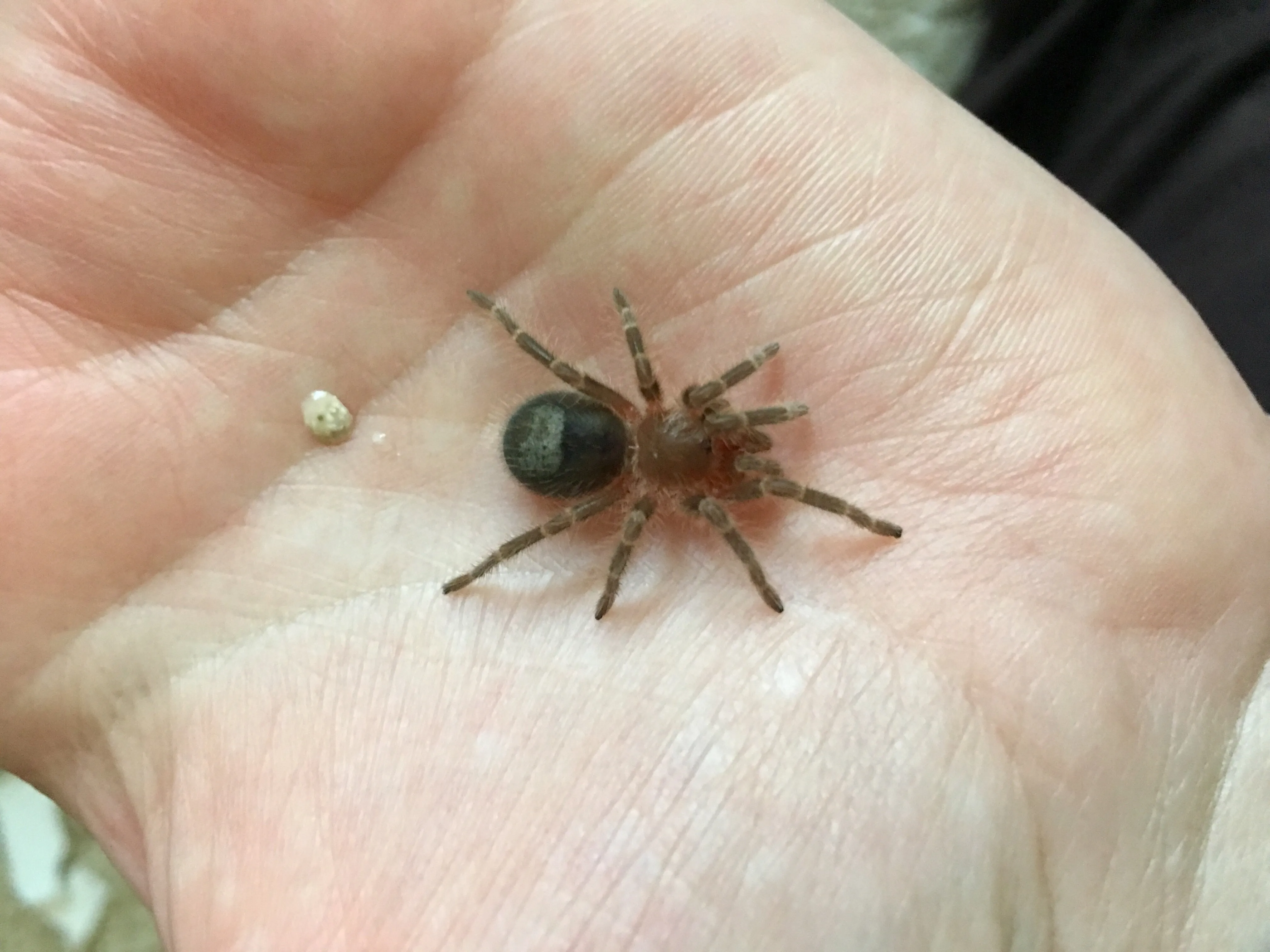
The type of substrate you use in your tarantula’s enclosure can influence where you find the poop. Tarantulas often defecate in areas where they feel secure, such as near their burrow or under a hide. If your substrate is a dark color, such as coconut fiber, poop may be more difficult to spot initially, but regular checks are still essential. The substrate absorbs the waste and can also make identifying it more difficult.
Enclosure
In a well-maintained enclosure, tarantula poop is usually found scattered around the surface of the substrate or near the areas where the tarantula spends the most time. If the enclosure is not cleaned regularly, poop may accumulate. Regularly inspect the corners of the enclosure, under decorations, and near the water dish. Proper setup, with appropriate hides and ventilation, can make the process of cleaning and monitoring easier.
Why Identifying Tarantula Poop Matters
Identifying tarantula poop is not merely about aesthetics; it’s about the health and well-being of your pet. Regular assessment of the waste can provide valuable insights into your tarantula’s health status, diet, and the cleanliness of its habitat. Recognizing changes in poop characteristics can often alert you to potential problems before they escalate, allowing you to provide prompt care.
Health Indicators
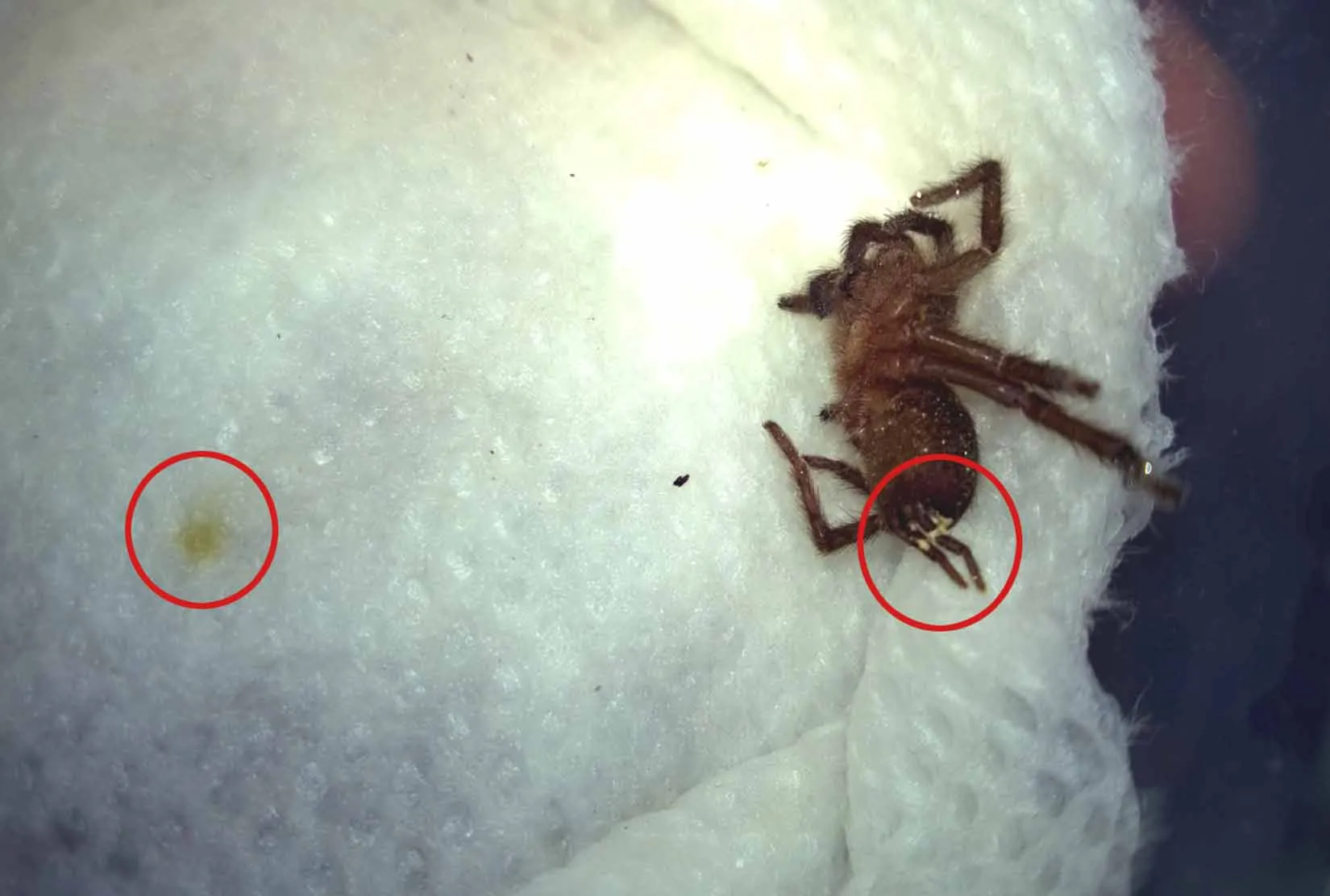
The appearance of tarantula poop can serve as an important health indicator. For example, if the poop is unusually watery or contains undigested food, it could indicate a digestive issue. Similarly, a change in color or consistency might signal an infection or a problem with the spider’s diet. Monitoring your tarantula’s waste helps you detect these issues early, potentially saving the spider from serious health complications. Observing the poop can also help you determine if your spider is eating well and if its digestive system is functioning correctly.
Enclosure Maintenance
Regular cleaning of tarantula poop is crucial for maintaining a healthy enclosure. Removing the waste prevents the buildup of harmful bacteria and odors, thus reducing the risk of disease. A clean environment also promotes a better quality of life for your tarantula by reducing stress and providing a more natural habitat. Consistent enclosure maintenance is therefore a vital part of responsible tarantula ownership.
Differences Between Poop and Other Substances
Identifying tarantula poop correctly is crucial for avoiding unnecessary concern. Several other substances can appear in the enclosure and can be mistaken for poop, including shed exuviae, uneaten food, and mold. Understanding the differences between these substances helps you interpret what you find in the enclosure and take appropriate action.
Shed Exuviae
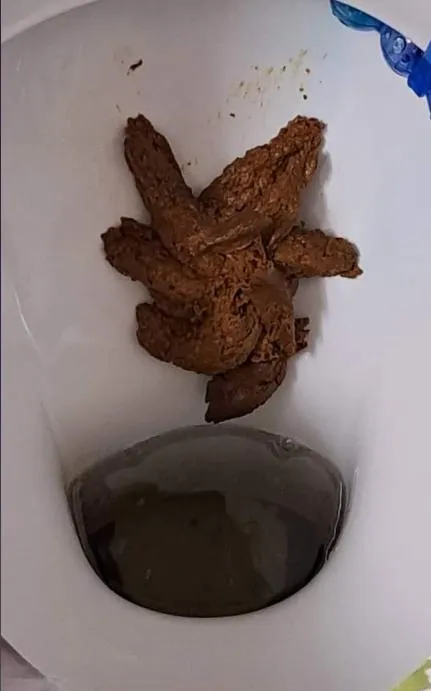
Tarantulas shed their exoskeletons as they grow. These shed exoskeletons, also known as exuviae, are often mistaken for poop. Exuviae are usually larger and more intricate than poop, retaining the shape of the tarantula’s body. They will be translucent and are usually found whole or in large pieces, whereas poop is typically in small, separate pellets.
Uneaten Food
Uneaten food, such as insect parts, can also be mistaken for tarantula poop. Uneaten food will be more recognizable as the remains of the food items you’ve provided, such as cricket legs or mealworm segments. It is often located near where you feed your tarantula. Removing uneaten food promptly helps prevent mold growth and maintains a clean environment.
Mold and Fungus
Mold and fungus can sometimes appear in tarantula enclosures, particularly if humidity levels are too high or ventilation is poor. They often appear as fuzzy or discolored patches on the substrate or decorations. Unlike poop, mold and fungus can spread and can be detrimental to your tarantula’s health, making it imperative to address them swiftly and effectively. If you observe mold or fungus, the substrate must be immediately addressed.
Tips for Cleaning Tarantula Poop

Cleaning tarantula poop is a straightforward process, but it requires the right tools and techniques to maintain a healthy and hygienic enclosure. Regular and proper cleaning helps to prevent health issues and keeps your pet’s environment in top condition. A proactive approach to cleaning will ensure the longevity of your tarantula.
Tools
Essential tools for cleaning tarantula poop include: long-handled tongs or tweezers, disposable gloves, a small scoop or spoon, and a container for waste disposal. Tongs or tweezers allow you to remove poop without disturbing your tarantula or contaminating the enclosure. Gloves protect you from potential bacteria and parasites. A scoop or spoon makes it easier to collect the waste, and a dedicated container ensures proper disposal. Always sanitize the tools after each cleaning session to prevent any contamination.
Frequency
The frequency with which you clean tarantula poop depends on the size of the enclosure, the number of tarantulas, and the amount of waste produced. Generally, spot cleaning, removing visible poop, should be done weekly or bi-weekly. A complete substrate change may be required every few months, depending on your tarantula and the amount of waste accumulated. This frequency helps you maintain a healthy and clean habitat, which is vital for your tarantula’s well-being.
Safety Precautions
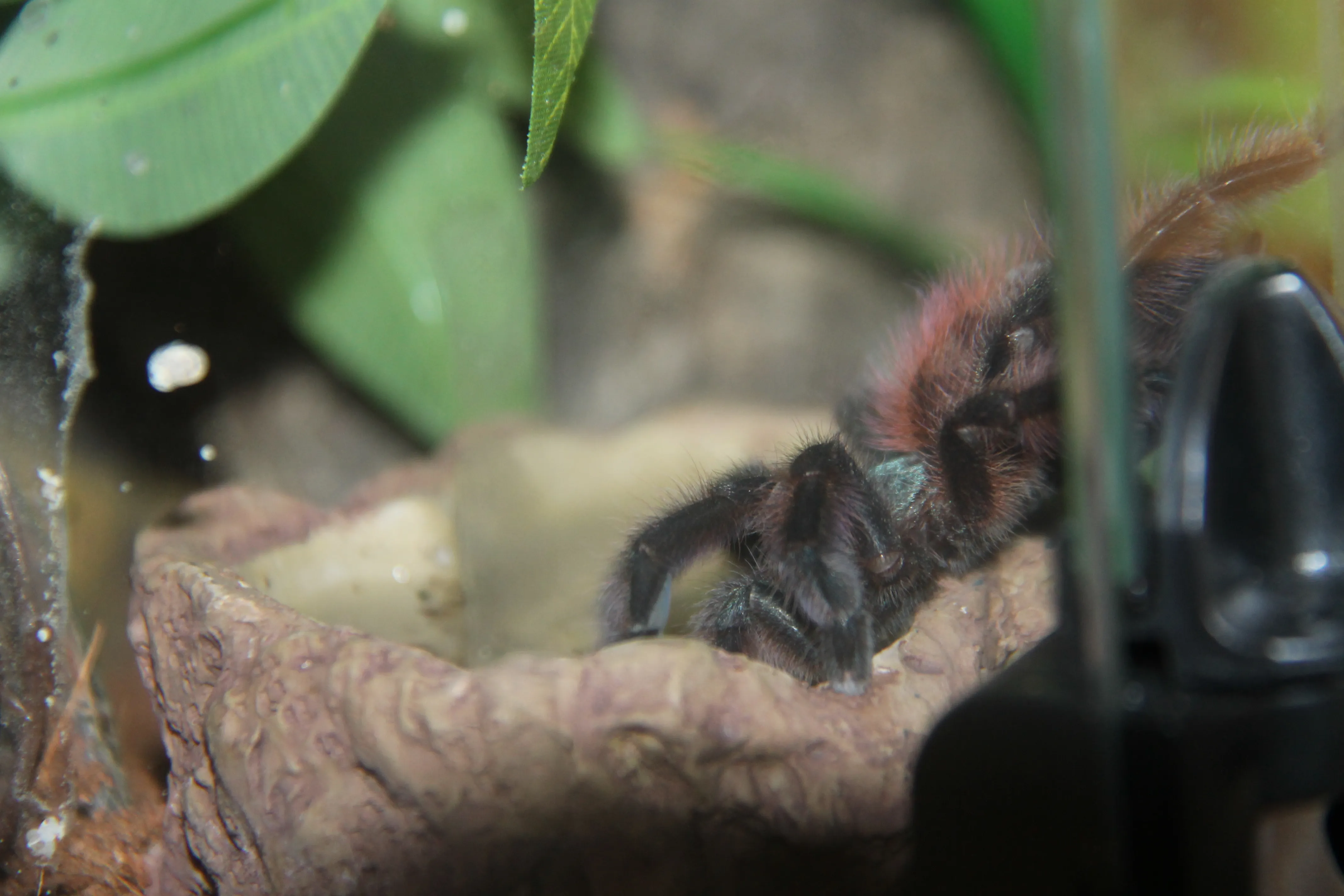
Always wear gloves when cleaning tarantula poop to protect yourself from potential pathogens. Use long-handled tools to minimize the risk of getting too close to the tarantula and avoid being bitten. After cleaning, wash your hands thoroughly with soap and water. Avoid using harsh chemicals or disinfectants in the enclosure, as these can be harmful to your tarantula. Proper safety measures are key to maintaining the well-being of both you and your pet.
Conclusion
Understanding and identifying tarantula poop is a crucial part of tarantula ownership. By recognizing its appearance, location, and significance, you can ensure a healthy and hygienic environment for your pet. Regular monitoring and cleaning are vital for preventing health problems and providing a stress-free habitat. By following these guidelines, you can provide the best possible care for your tarantula.
